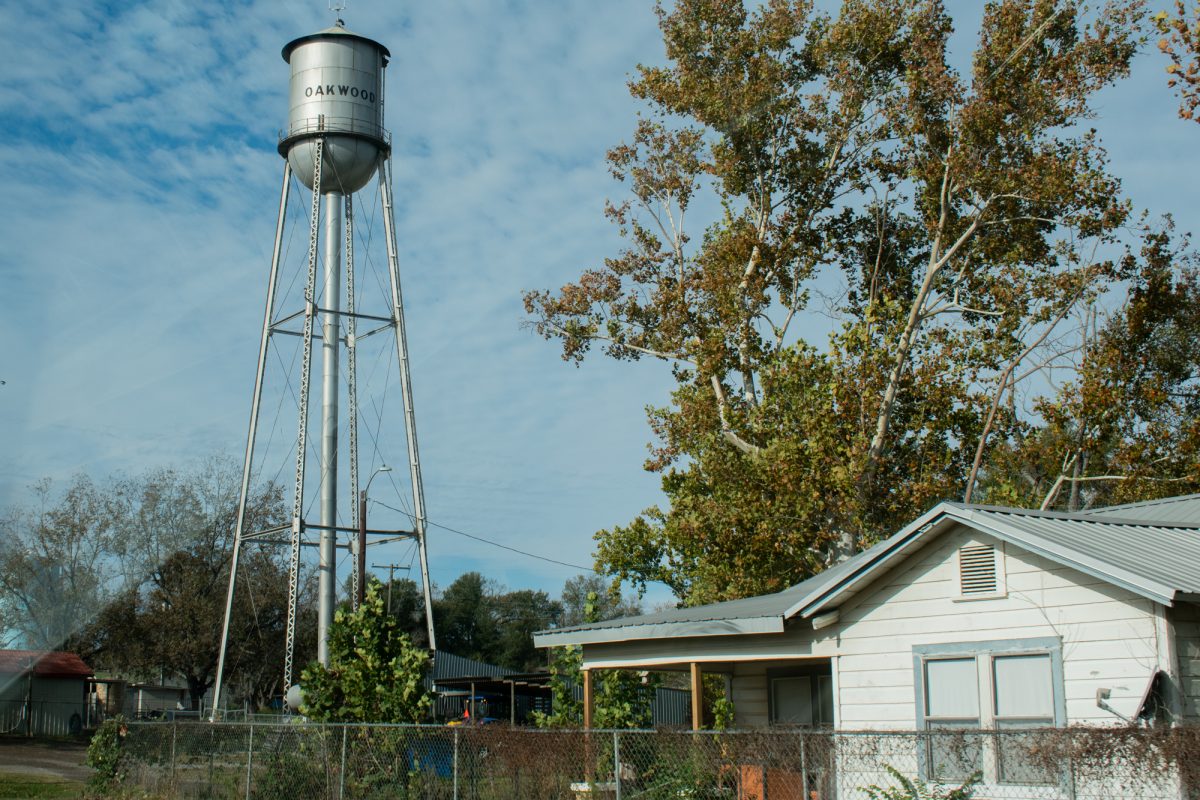Fourteen years ago Friday was the deadliest terror attack in American history. When we think of the 9/11 tragedy, we think of the 2,753 victims who died in New York City on Sept. 11, 2001. We think of the fallen Twin Towers and of Ground Zero and the dust and rubble that covered the streets for weeks after. We think of our fellow Americans in New York who witnessed the horror, who had loved ones in the World Trade Center, who died in service when the towers collapsed.
What we don’t often remember are the 224 people who died at the Pentagon and in Flight 93.
Having spent two summers living in New York City, I’ve been in the Freedom Tower and to the 9/11 Memorial Museum. I’ve seen the north and south reflecting pools, both during the day and at night. Americans of all ages and backgrounds came together on these grounds, promising to ‘Never Forget’ — they are sacred.
But this summer was my first time to visit the 9/11 memorial in Washington D.C., and walking around the Pentagon’s memorial — so uncrowded compared to the one in New York — I realized Americans tend to forget about the Pentagon and Flight 93. It’s understandable; the number 224 seems small compared to 2,753. But not when you consider that was 224 more moms, dads, sons, daughters, brothers, sisters, children, friends and loved ones who died that day.
The hardest truth to swallow when walking around the Pentagon’s beautifully designed 9/11 memorial are the ages of some of those who died there. The memorial holds 184 benches over pools of water — their own little reflecting pools — and is arranged by the birth year of the victims. In a lone row when you first walk in is the bench for 3-year-old Dana Falkenberg, a passenger on the ill-fated Flight 77.
The benches face one of two ways — either towards the Pentagon or towards where Flight 77 approached — depending on if the victim was a flight passenger or inside the Pentagon. Victims of the same family are linked by plaques at the end of each small pool. Around the memorial is planted 85 Crape Myrtle trees, which will be allowed to grow up to 30 feet tall to provide a canopy over the memorial. The trees are not dedicated to any one victim.
Every aspect of the memorial forces people to remember something about the victim, even if just their age and where they were when they died. It’s a new way of never forgetting that everyone should experience. 9/11 touched more than New York; it directly touched Washington D.C. and Pennsylvania with the crashes of Flights 77 and 93 respectively, and indirectly touched every American.
With the opening of the new Flight 93 visitors center and museum Thursday in Pennsylvania, and the Pentagon 9/11 memorial standing strong in D.C. — even with our own 9/11 memorial here in the B-CS area in Veterans Park — I just hope this 9/11 people remember to ‘Never Forget’ how that day touched all of America.
Lindsey Gawlik is a telecommunication senior and managing editor for The Battalion.









